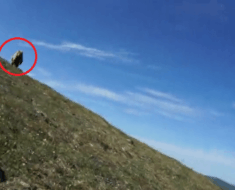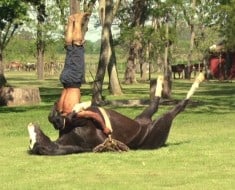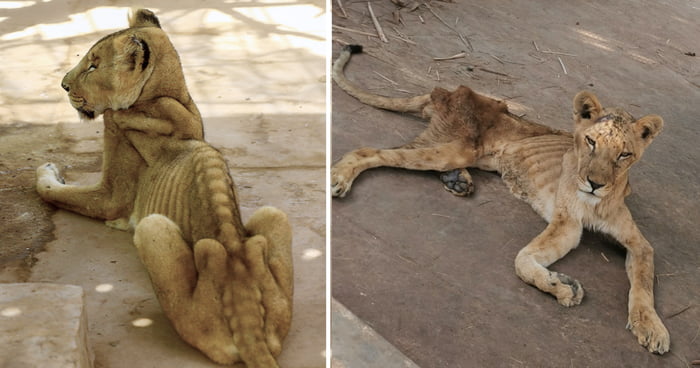
Images of five reportedly sick and starving African lions at a park in Sudan’s capital has sparked a massive campaign to save them. Sadly, one of the lions has recently passed away since these horrific pictures surfaced online.
The lions are held in cages at the Khartoum’s Al-Qureshi Park. The animals allegedly have not had adequate food or medicine for weeks, according to several reports.
Over the weekend, Osman Salih walked past the park and after seeing the lions and their horrible conditions, decided to start an online campaign called #SudanAnimalRescue in order to raise awareness about what is going on and to help save the animals.
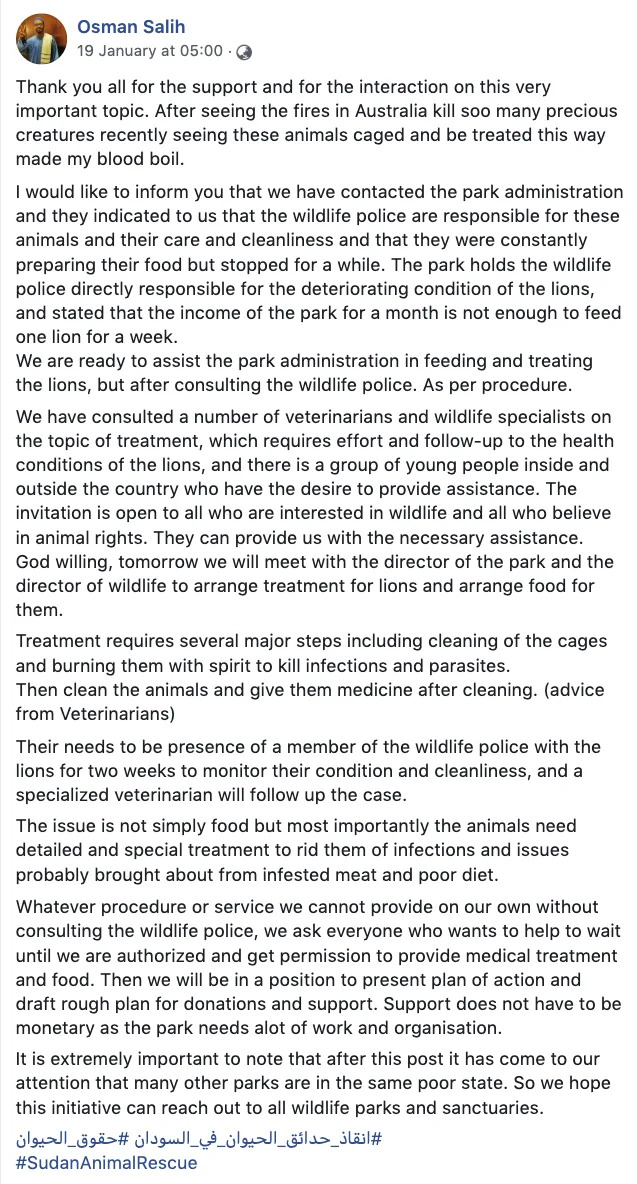

Osman Salih/Facebook
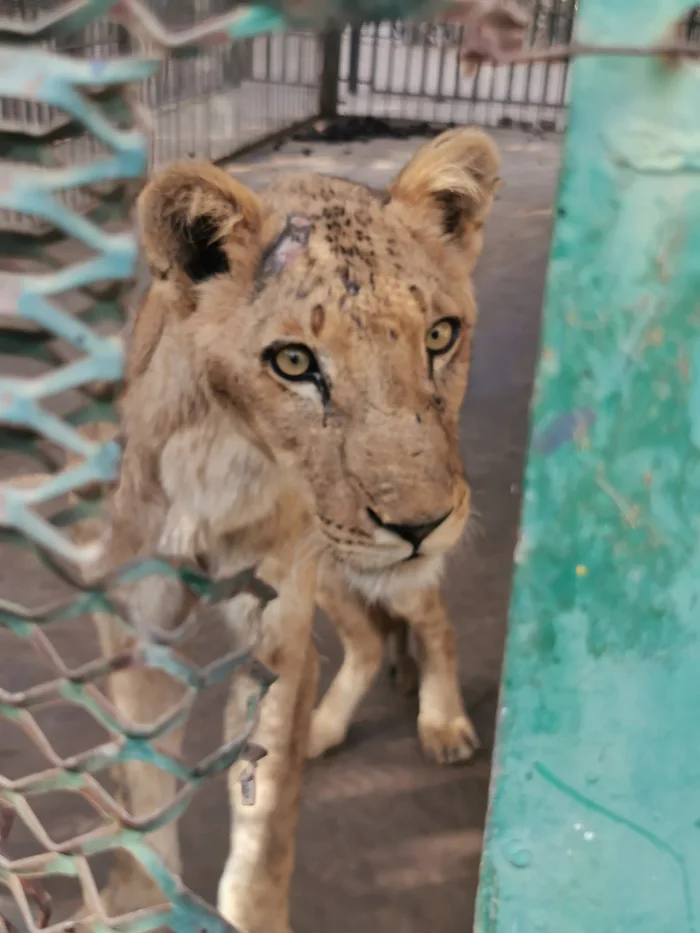
Osman Salih/Facebook
Park officials and veterinarians have stated that the lions’ conditions had deteriorated over the past few weeks as food had became less available in the midst of Sudan’s economic crisis.
Essamelddine Hajjar, a manager at the park, made the statemend:
Food is not always available so often we buy it from our own money to feed them.
Moataz Mahmoud, one of the caretakers at the park, said:
They are suffering from severe illnesses. They are sick and appear to be malnourished.
The park is mainly funded and managed by private donors. But the Khartoum municipality also has a hand in the park.
Sudan is in the middle of a major economic crisis. There is a major food supply issue which has caused soaring food prices, while there is also a foreign currency shortage adding to the crisis.
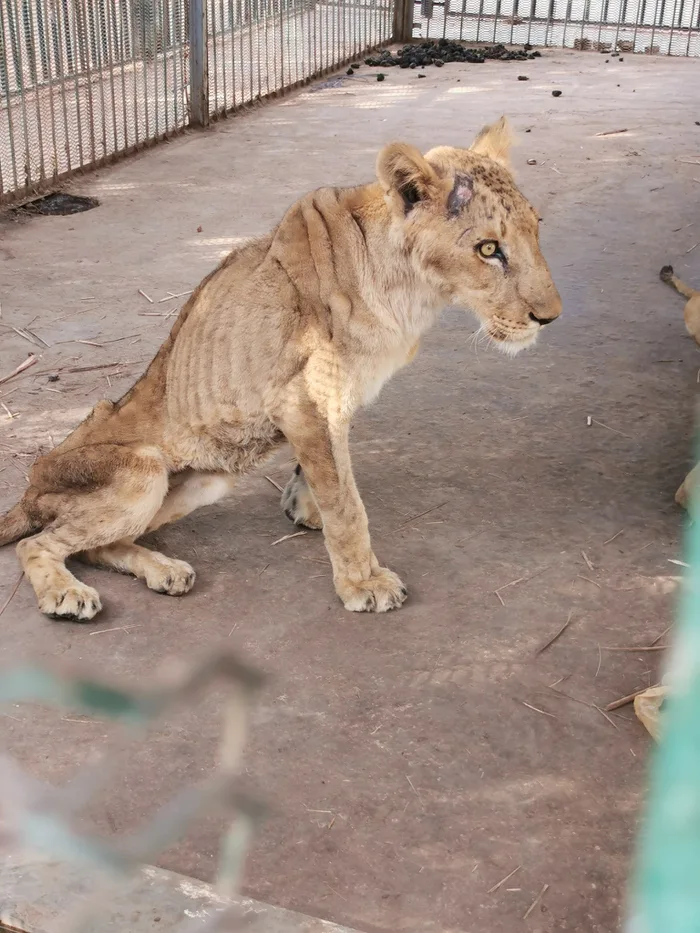
Osman Salih/Facebook
FOUR PAWS International, will be sending “an emergency rescue to rehabilitate the animals not only at Qurashi zoo but other parks in Sudan as well as train staff at wildlife authority.”

Ashraf Shazly (via AFP/Getty)
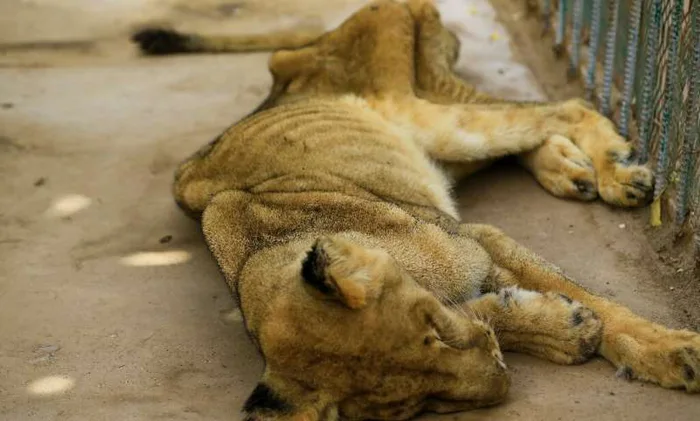
Ashraf Shazly (via AFP/Getty)
It is unknown just how many lions there are in Sudan. However, African lions are classified as a “vulnerable” species by the International Union for Conservation of Nature (IUCN).
Their population dropped 43 percent between 1993 and 2014, with only around 20,000 alive today.

Ashraf Shazly (via AFP/Getty)
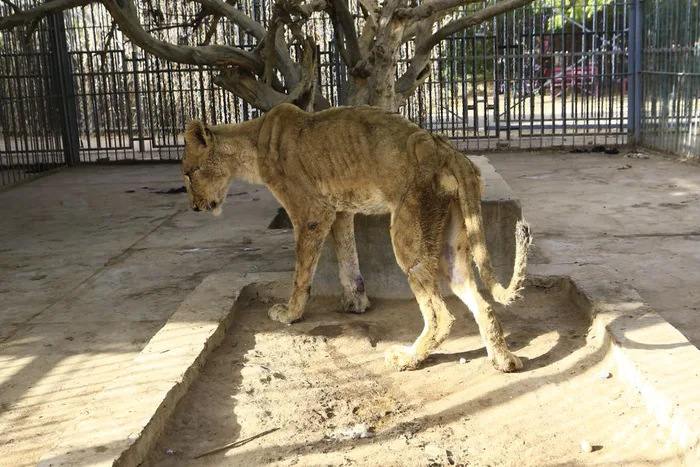
Ashraf Shazly (via AFP/Getty)







































